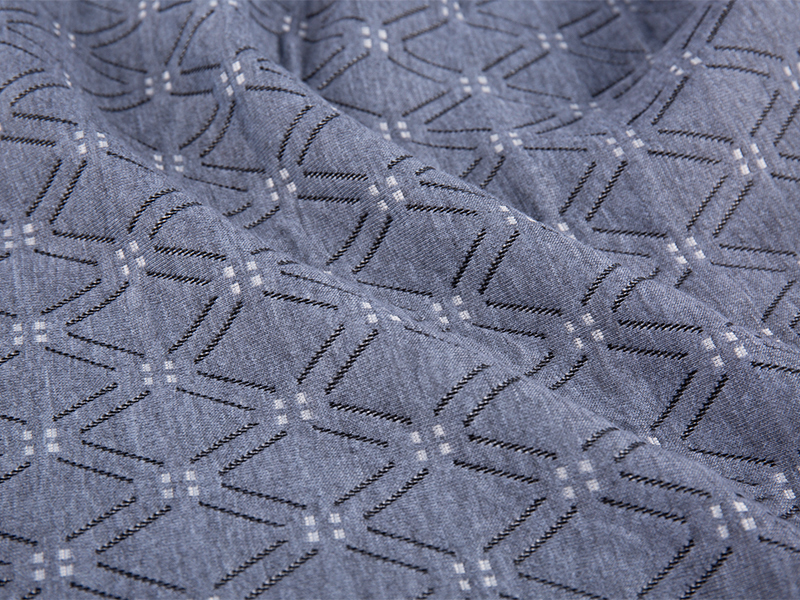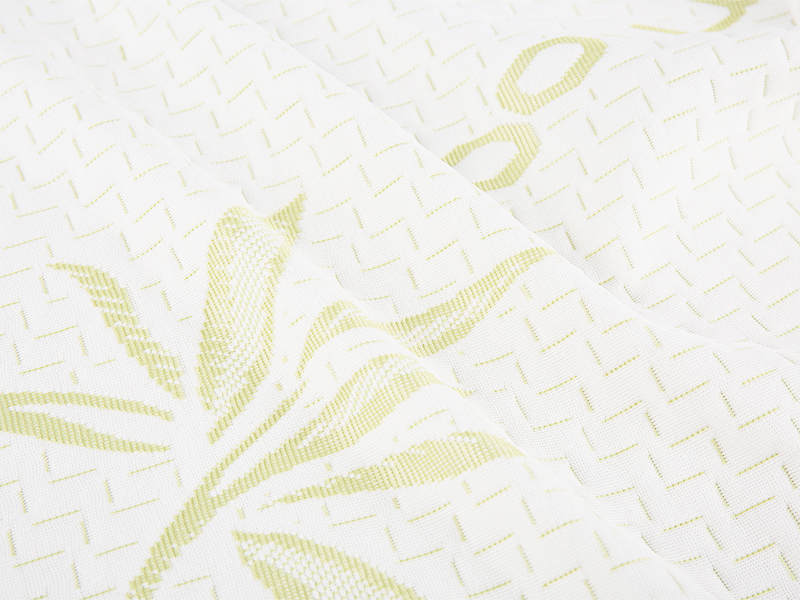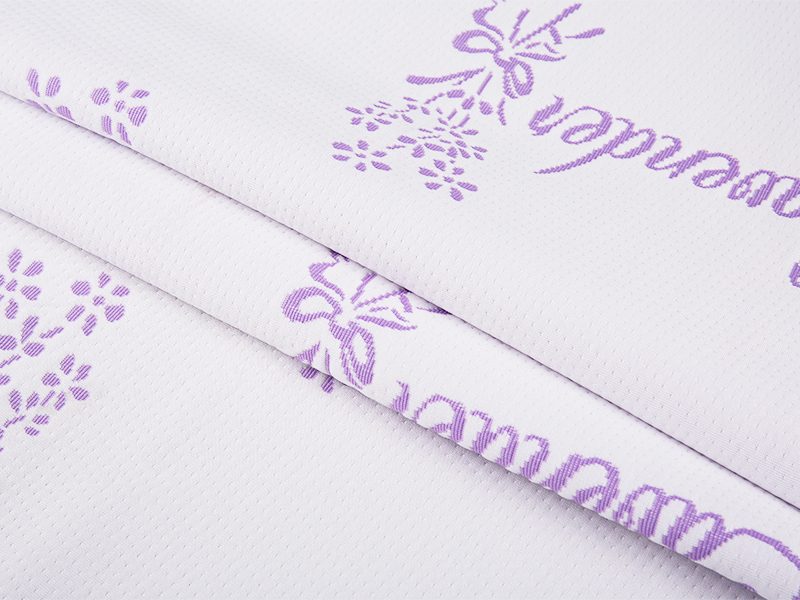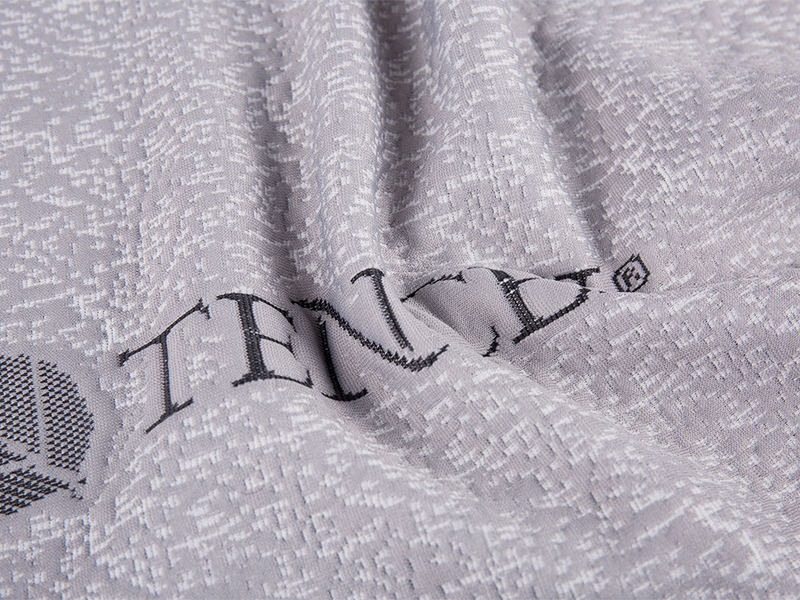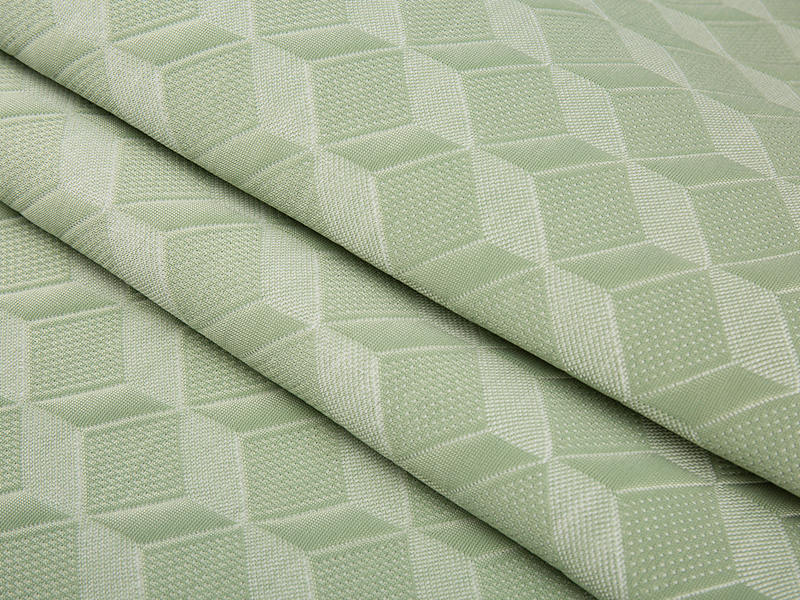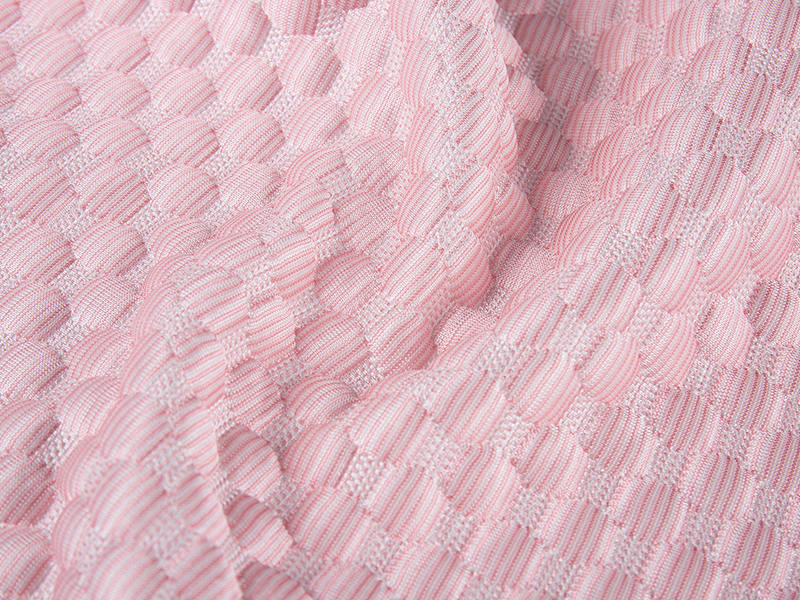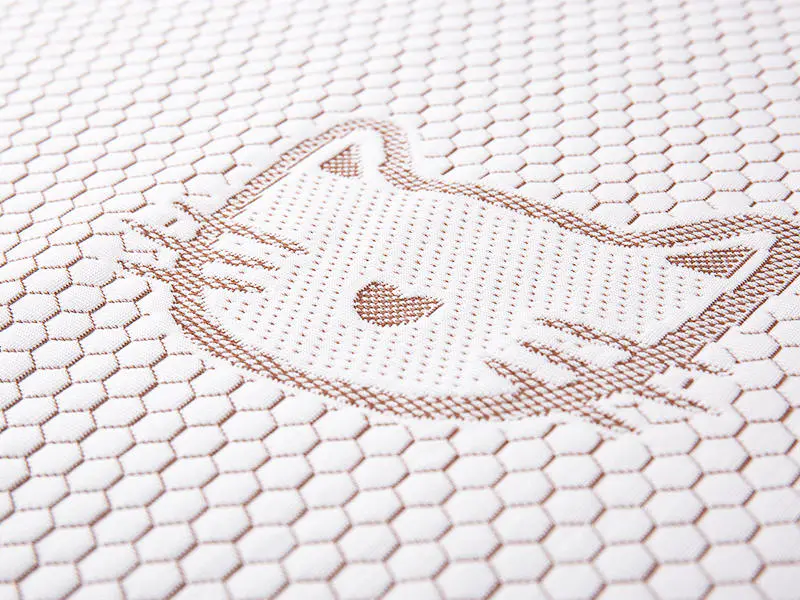Introduction to Eco-Friendly Mattress Fabrics
Why Choose Eco-Friendly Mattress Fabrics?
As more people become aware of their environmental impact, choosing eco-friendly products, including mattress fabrics, is becoming increasingly popular. Sustainable mattress fabrics are made from natural, biodegradable materials that are better for the environment and your health. These fabrics are produced without harmful chemicals, pesticides, or non-renewable resources, making them a healthier choice for both you and the planet. By switching to eco-friendly fabrics, you can enjoy a comfortable night's sleep while also reducing your ecological footprint.
- Eco-friendly fabrics are made from sustainable, renewable materials.
- They are free from harmful chemicals and toxins commonly found in traditional fabrics.
- Choosing eco-friendly fabrics helps reduce your overall environmental impact.
The Benefits of Sustainable Mattress Fabrics for Your Sleep and the Environment
Eco-friendly mattress fabrics not only help reduce your environmental footprint but also promote a healthier sleep environment. Natural fabrics like organic cotton and bamboo are breathable, hypoallergenic, and moisture-wicking, creating an optimal sleep surface. Additionally, these fabrics are biodegradable, meaning they won't contribute to landfill waste after they've been used. By choosing eco-friendly options, you're not only improving your sleep quality but also supporting sustainable practices that help protect the planet.
- Improved breathability and moisture-wicking properties for better sleep comfort.
- Hypoallergenic options that reduce the risk of allergies and skin irritation.
- Biodegradable, reducing waste in landfills and supporting environmental sustainability.
Common Eco-Friendly Mattress Fabrics
Organic Cotton Mattress Fabrics
Organic cotton is one of the most popular eco-friendly fabrics for mattresses. Unlike conventional cotton, which is often grown with synthetic pesticides and fertilizers, organic cotton is cultivated without harmful chemicals. This makes it not only better for the environment but also safer for your skin. Organic cotton is known for its softness, breathability, and hypoallergenic properties, making it an excellent choice for a comfortable and eco-friendly mattress.
- Soft and breathable, offering excellent comfort and airflow for better sleep.
- Hypoallergenic, reducing the risk of skin irritation and allergies.
- Grown without pesticides, ensuring a healthier environment and safer product.
Bamboo and Hemp Mattress Fabrics
Bamboo and hemp fabrics are gaining popularity for their eco-friendly properties. Bamboo is naturally antimicrobial, moisture-wicking, and incredibly soft, making it an ideal fabric for mattresses. Hemp, on the other hand, is a durable, sustainable material that requires little water and no pesticides to grow. Both of these fabrics are biodegradable and can be produced using fewer resources compared to traditional fabrics, making them an excellent choice for eco-conscious consumers.
- Bamboo: Soft, breathable, and moisture-wicking, perfect for hot sleepers.
- Hemp: Highly durable and resistant to mold and mildew, making it long-lasting and sustainable.
- Both fabrics are biodegradable, helping to reduce environmental impact.
Wool and Latex Mattress Fabrics
Wool and latex are also considered eco-friendly options for mattress fabrics. Wool is naturally fire-resistant, moisture-wicking, and breathable, making it an excellent choice for all-season comfort. Latex, derived from the sap of rubber trees, is durable, biodegradable, and resistant to dust mites and bacteria. Both of these materials are naturally hypoallergenic and offer superior comfort and durability while supporting sustainable practices.
- Wool: Naturally breathable and moisture-wicking, great for temperature regulation.
- Latex: Biodegradable, durable, and resistant to allergens, making it ideal for a healthy sleep surface.
How Eco-Friendly Mattress Fabrics Contribute to a Greener Sleep
Natural and Biodegradable Materials
One of the most significant benefits of eco-friendly mattress fabrics is that they are made from natural, biodegradable materials. This means that once they reach the end of their useful life, they won't sit in a landfill for hundreds of years like synthetic materials. Instead, they break down naturally, reducing the overall waste in landfills and minimizing environmental damage.
- Biodegradable fabrics help reduce landfill waste and environmental pollution.
- Natural materials, such as organic cotton and bamboo, decompose naturally, leaving behind no harmful chemicals.
- Eco-friendly fabrics are grown using sustainable farming methods, which help protect natural ecosystems.
Sustainable Farming and Manufacturing Practices
Eco-friendly fabrics are produced using sustainable farming and manufacturing practices. Organic farming methods reduce the use of harmful pesticides and fertilizers, protecting local wildlife and ecosystems. Additionally, many eco-friendly fabric manufacturers use environmentally friendly processes to reduce water and energy consumption. By choosing eco-friendly mattresses, consumers are supporting companies that prioritize sustainability and environmental stewardship.
- Organic farming practices reduce harmful chemical usage, benefiting both the environment and farmers.
- Sustainable manufacturing processes help minimize waste, water usage, and carbon emissions.
- Eco-friendly mattress producers often support fair trade practices, ensuring ethical labor standards.
How to Choose the Best Eco-Friendly Mattress Fabric for Your Needs
Consider Your Sleeping Preferences
When choosing an eco-friendly mattress fabric, consider your individual sleeping preferences. For example, if you tend to sleep hot, opt for breathable fabrics like bamboo or organic cotton. If you need additional support, latex or wool may be better options due to their firm, supportive qualities. Each eco-friendly fabric offers unique benefits, so it's essential to select one that aligns with your comfort and sleep requirements.
- Hot sleepers: Bamboo or organic cotton fabrics are breathable and moisture-wicking, keeping you cool throughout the night.
- Side sleepers: Organic cotton or wool fabrics provide soft cushioning for pressure relief.
- Back sleepers: Latex offers firm support and excellent body alignment.
Durability and Longevity of Eco-Friendly Fabrics
Durability is an important factor to consider when choosing eco-friendly mattress fabrics. While natural fabrics are often softer and more comfortable, they can also be more prone to wear and tear compared to synthetic materials. However, fabrics like latex, hemp, and wool offer exceptional durability, ensuring your mattress remains supportive and comfortable for years to come. When choosing an eco-friendly fabric, balance comfort with longevity to ensure your mattress provides lasting value.
- Latex and hemp fabrics offer long-lasting durability and resistance to wear and tear.
- Organic cotton may require more care but provides excellent softness and comfort.
- Wool is durable and naturally resistant to mold and mildew.
FAQ
What is the most eco-friendly fabric for mattresses?
The most eco-friendly fabrics for mattresses include organic cotton, bamboo, and hemp. These materials are sustainably grown, biodegradable, and free from harmful chemicals, making them the best options for eco-conscious consumers.
Are eco-friendly mattresses more expensive?
Eco-friendly mattresses may initially cost more than traditional mattresses, but they often offer better durability and comfort, leading to a longer lifespan. Additionally, the environmental and health benefits make them a worthwhile investment.
How do eco-friendly fabrics impact sleep quality?
Eco-friendly fabrics can improve sleep quality by providing a breathable, hypoallergenic, and comfortable surface. Materials like organic cotton and bamboo help regulate temperature, while latex and wool offer superior support.


